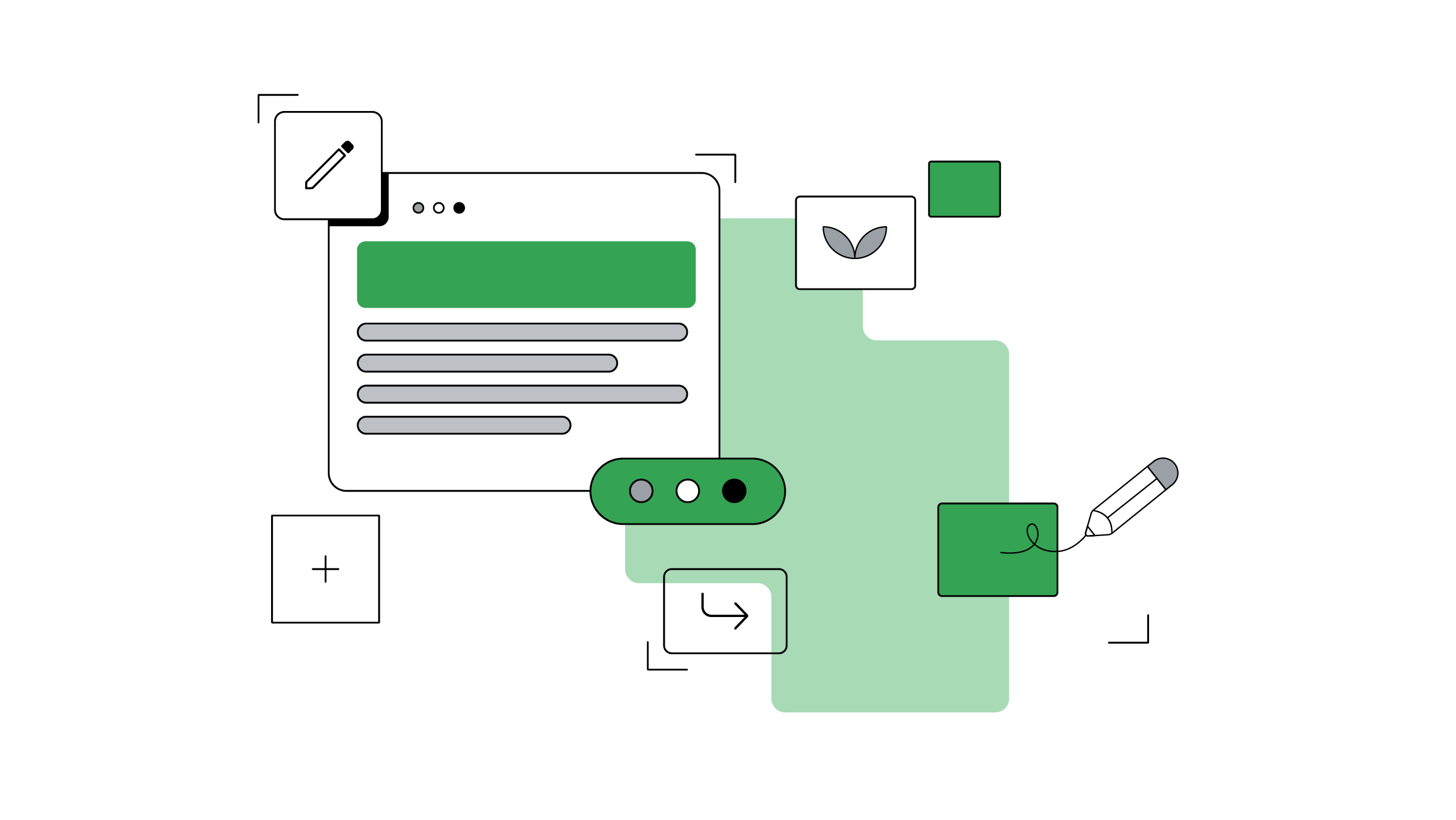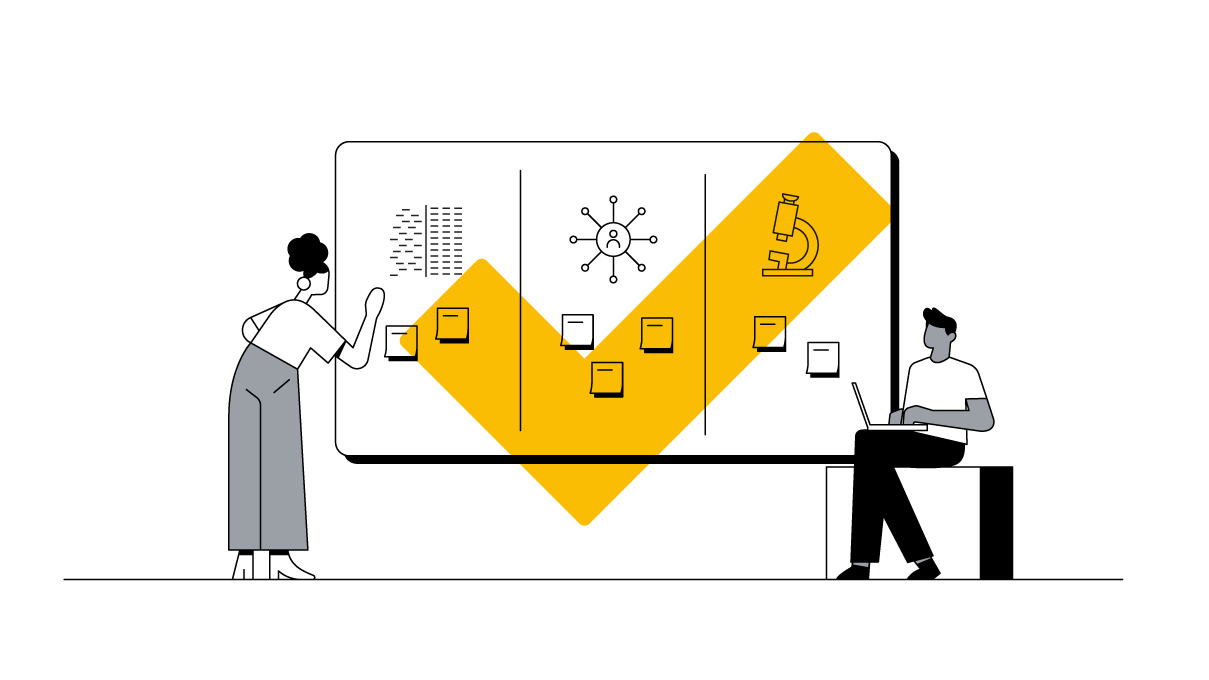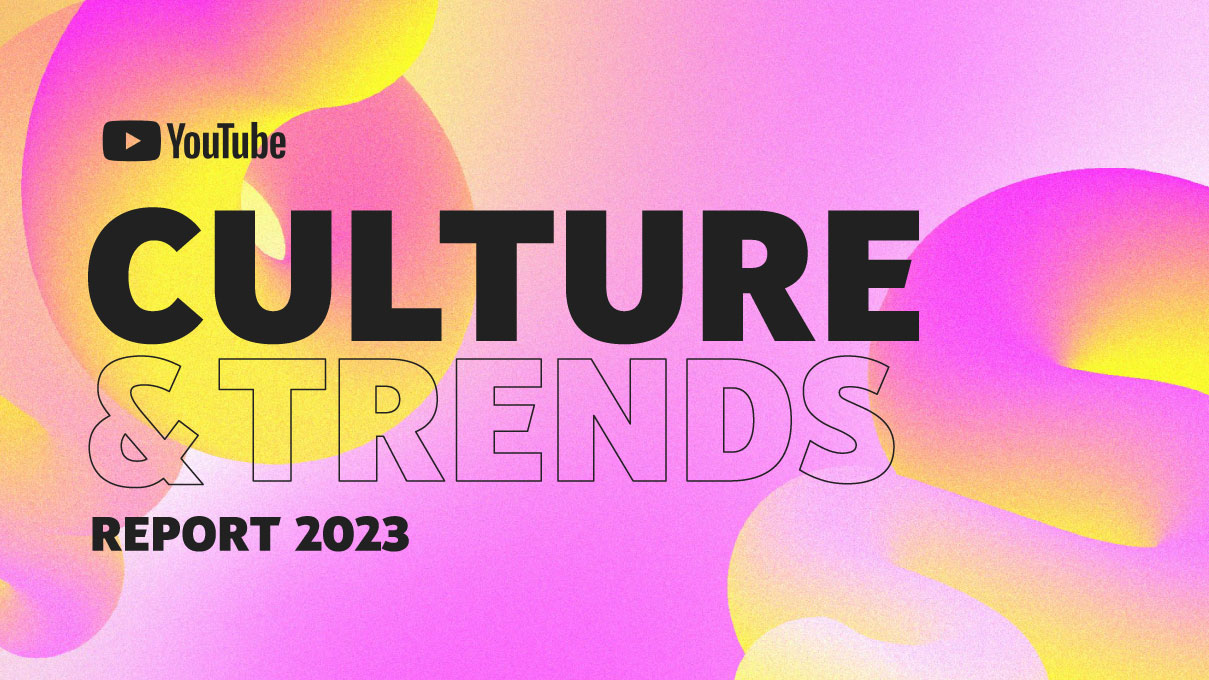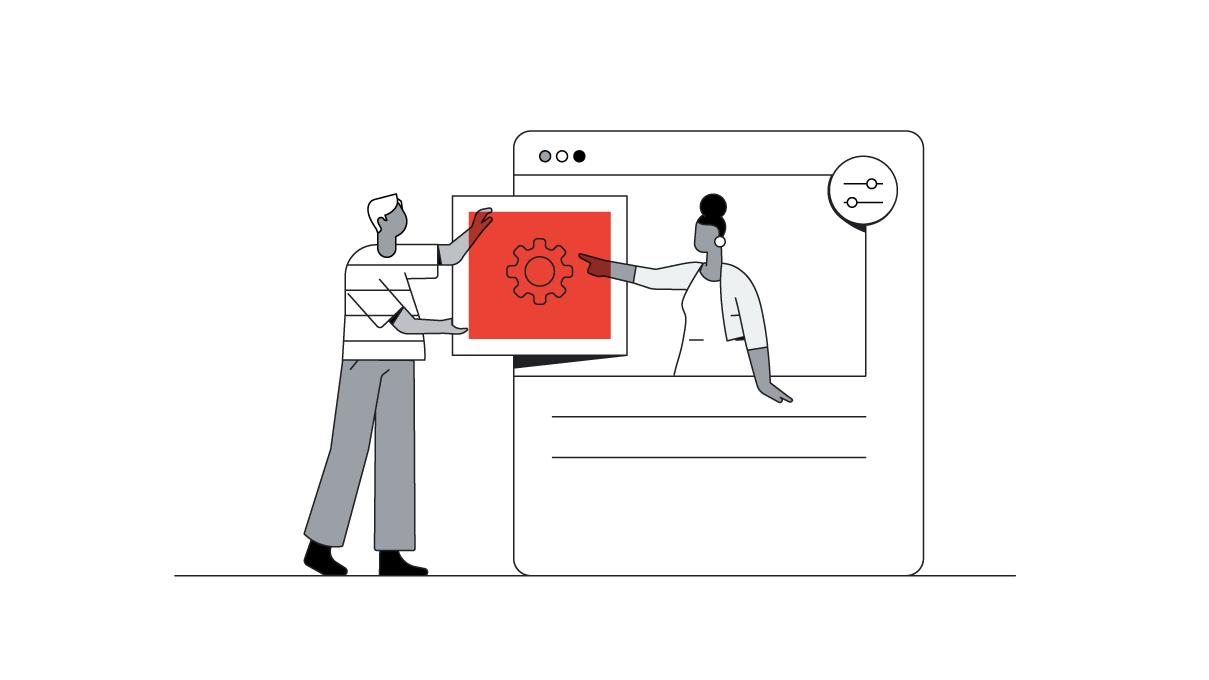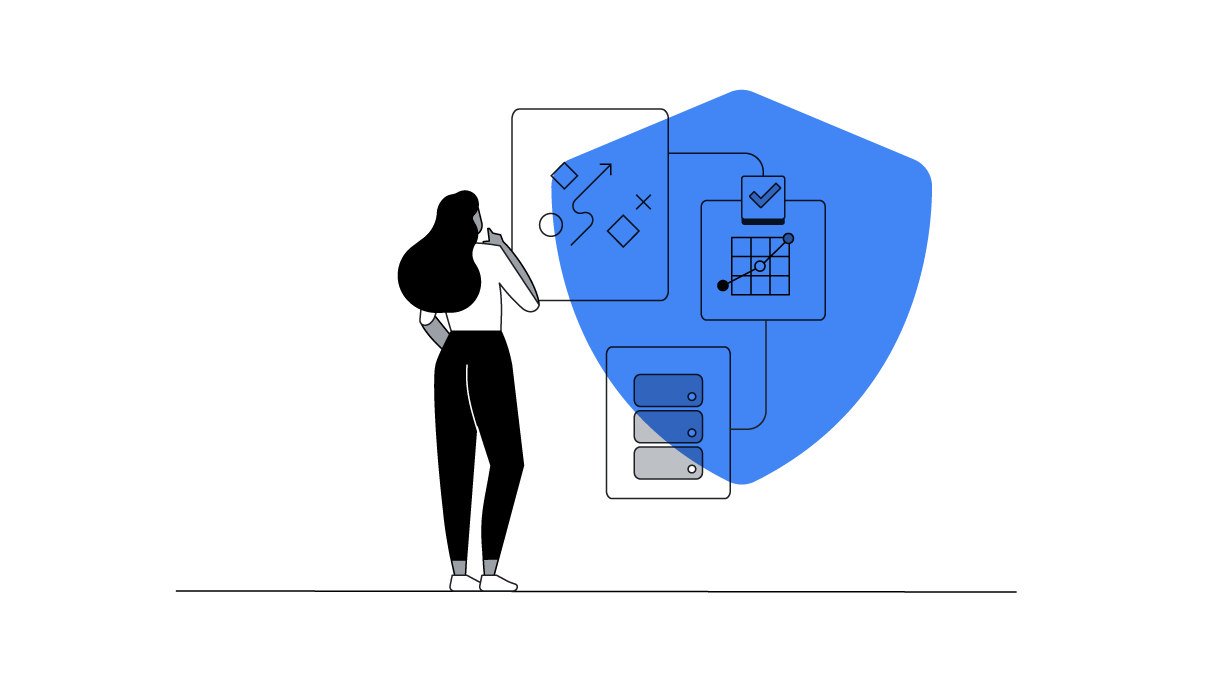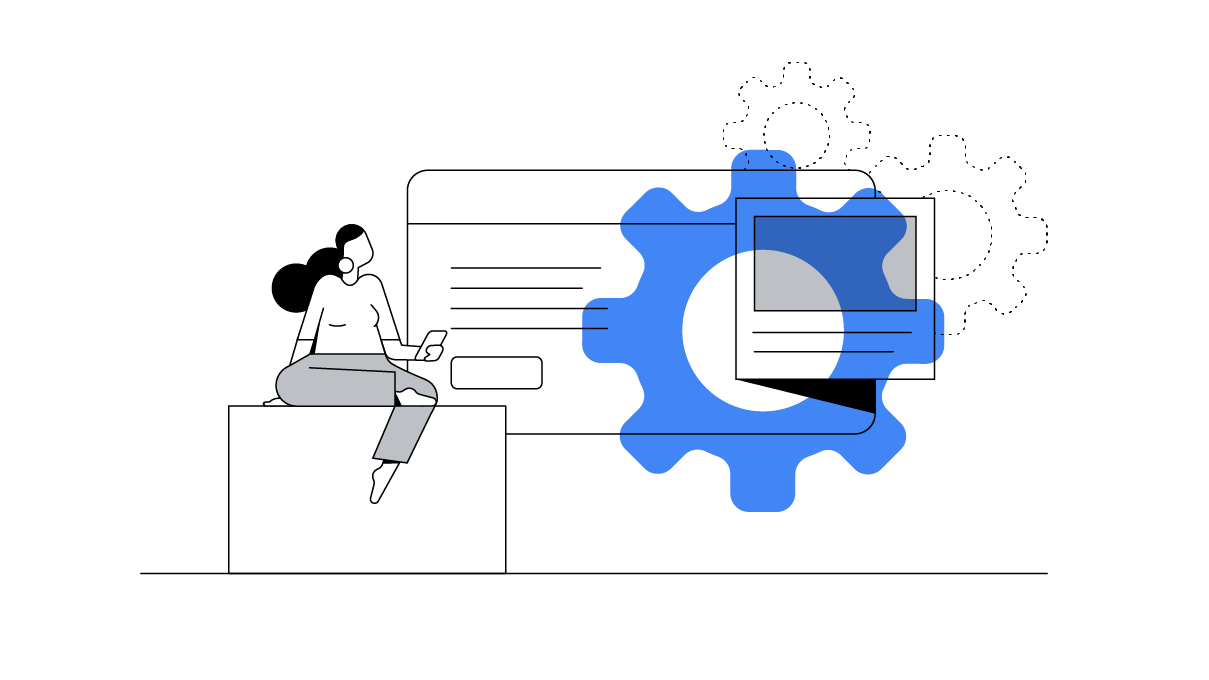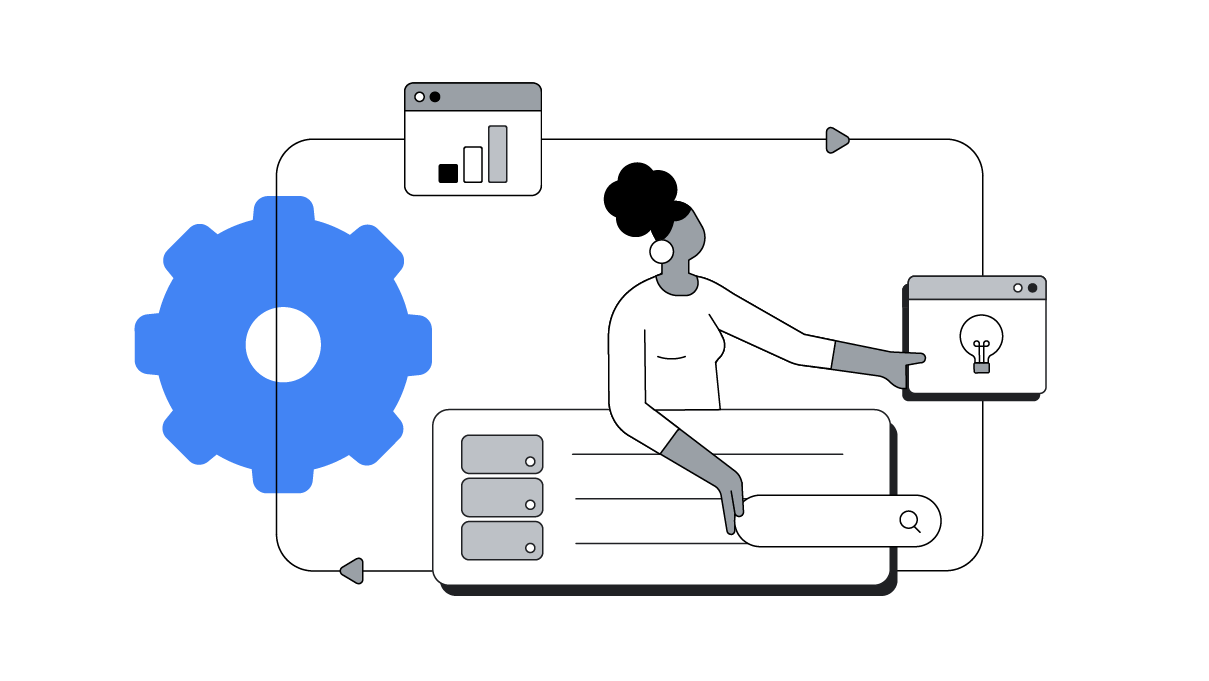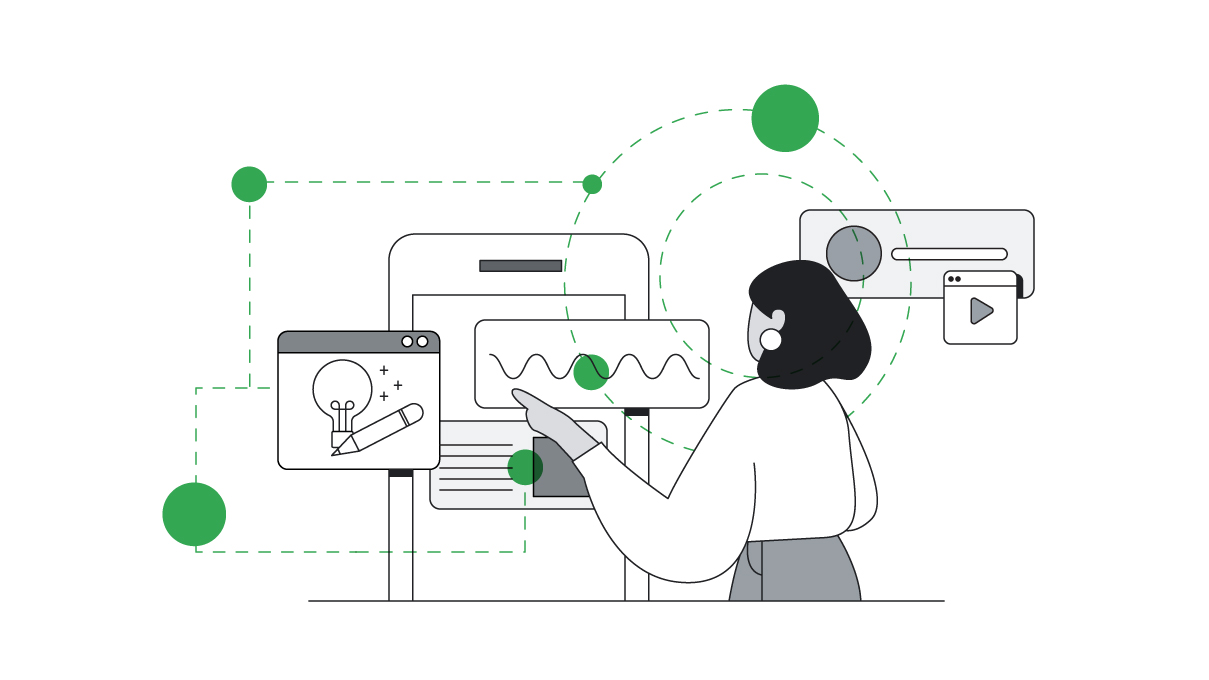More than ever, people want brands to anticipate their needs and offer relevant experiences. Programmatic advertising has been the tool of choice for businesses to achieve this. Yet programmatic has largely relied on third-party identifiers, which are being phased out. As a result, marketers must find new methods to deliver on consumers’ heightened expectations, with less data than they once had.
At Google, instead of recreating alternative identifiers that mimic third-party cookies, we’re making programmatic technology better by introducing new, more durable solutions that help marketers reimagine how they reach audiences.
Available today, our new technologies adopt a multisignal approach to building audiences in Display & Video 360. This is a significant change, driven by a few important objectives. The first is protection: of user privacy and people’s trust in your brand. These solutions don’t track people across the web or the apps they use. Next is resilience. We believe you’re better prepared with an array of audience technology at your disposal than by betting on a single ID. Last, but not least, is utility. We think that this spectrum of functionalities will surpass the utility of cookies or alternative IDs when answering your various audiences’ needs — accuracy, scalability, sophistication, and accessibility.
Our reinvention of programmatic is focused on three areas of product investment. Let’s examine each in turn.
Unlocking your first-party data
Smart use of first-party data allows advertisers to build direct relationships and strengthen trust with their customers. When combined with additional signals, this data helps marketers gain valuable insights, create more engaging ads, and improve performance. For publishers, first-party data can lead to more revenue when site visitors engage with relevant ads.
At Google, we’re deepening our support for programmatic advertising solutions that build on direct relationships to help advertisers and publishers deliver more relevant ad experiences.
PAIR gives publishers and advertisers the ability to reconcile their first-party data for marketing use.
An important recent example of this is the introduction of Publisher Advertiser Identity Reconciliation (PAIR) in Display & Video 360. PAIR gives publishers and advertisers the ability to reconcile their first-party data for marketing use in a privacy-safe way. This data will be used to create first-party audience lists within Display & Video 360, so advertisers can partner with publishers to show more relevant ads to high-value customers, without relying on third-party cookies. This feature doesn’t allow for pooling of audience data, which means advertisers and publishers maintain full control of their own data. People will only be shown ads from advertisers and publishers with whom they have direct relationships, eliminating the possibility of tracking people around the web.
Whether or not you have your own first-party data, we’re also making it easier for you to power your ads with publisher-provided first-party data through our recently launched Exchange-Provided Identifier (EPID). EPID allows exchanges, publishers, or vendors to share their first-party identifiers with Display & Video 360’s back end to improve the quality of programmatic ads served on their respective properties. EPIDs from a given exchange or publisher can’t be used to inform marketing strategies outside of that publisher’s inventory, making it privacy safe and, once again, preventing people from being tracked across the web.
Harnessing machine learning
For years, programmatic advertisers have turned to automation and machine learning to handle complex operations at scale and improve efficiency. Now, machine learning is also fueling some of our most popular audience solutions. Similar to the machine learning–driven changes we’re seeing with measurement tools, such as modeled conversions, we believe modeled, audience-based advertising solutions are the future of personalization. Machine learning helps fill gaps when audience data isn’t available. For example, we’re already using modeled frequency management in Display & Video 360 in situations with limited user signals and for certain cross-media combinations.
We believe modeled audience-based advertising solutions are the future of personalization.
Machine learning can also help advertisers efficiently find new customers. A report from Advertiser Perceptions found that the top reason advertisers continue working with specific demand-side platforms is the scale of their audience solutions.1 Advertisers have found success using machine learning–powered solutions like optimized targeting to expand reach beyond manually selected audiences to other relevant groups. In fact, advertisers who use optimized targeting in Display & Video 360 can see, on average, a 25% improvement in their campaign objectives when using Google audiences and a 55% improvement when using first-party data.2
Mitsubishi is one brand that has found success anticipating who their audience will be in the future with machine learning. With the help of its ad tech solutions partner Dandelion, Mitsubishi used its first-party data to inform a machine learning model with BigQuery ML. This model predicted the propensity of consumers to complete a build-and-price tool on its website, a critical KPI for the brand. With those audiences automatically available for activation in Display & Video 360, Mitsubishi achieved an 81% decrease in cost per acquisition and 14X increase in conversion rate.
Investing in new privacy-preserving technology
Finally, Chrome and Android are partnering with the industry to build new technologies that protect user privacy by default and support advertising use cases that don’t rely on user-level tracking.
Going forward, we plan to incorporate signals from Chrome’s Privacy Sandbox Topics API into the infrastructure of our Google audiences, specifically our interest-based audiences and optimized targeting solutions. We will also help advertisers re-engage with past site visitors by using FLEDGE signals. These APIs are infrastructure changes that live under the hood and require no direct action from advertisers.
Using data to deliver useful ads is here to stay, but the way advertisers build audiences must be fundamentally reimagined. Going forward, a multisignal approach is the best way to ensure programmatic buyers’ needs are met across a large number of advertising use cases, while still respecting user privacy. And we see a future where brands effectively connect with their audiences through a wealth of options, doubling down on proven strategies such as Google audiences, while testing innovative solutions like PAIR. We at Google believe this diversified approach to audience technologies is the path to deliver consistent, scalable performance in an inconsistent world.
